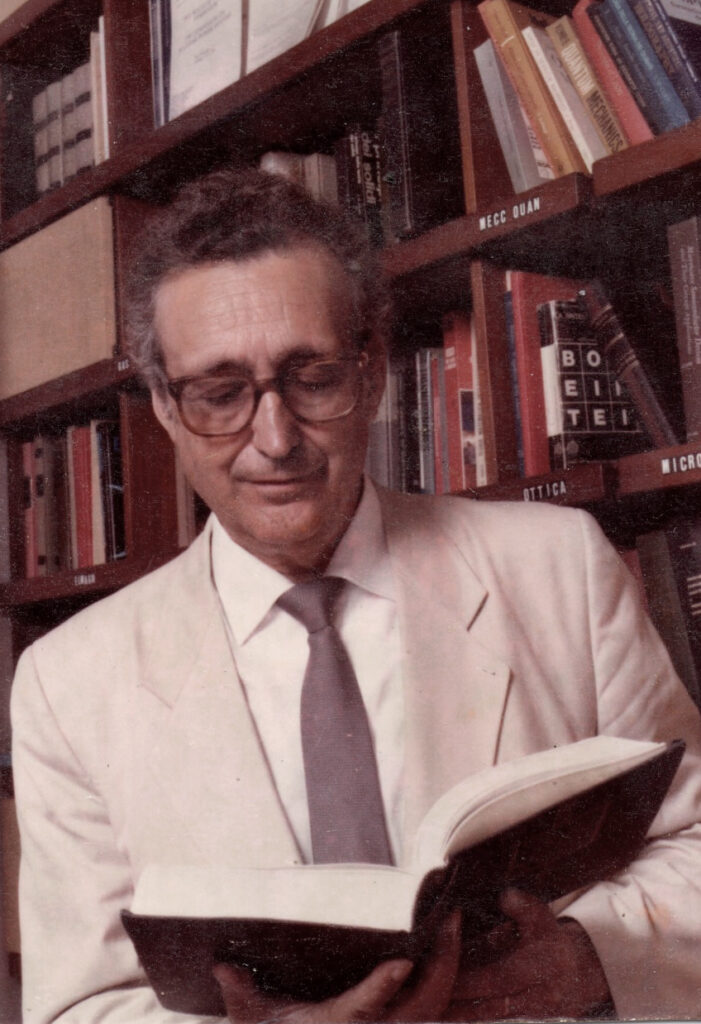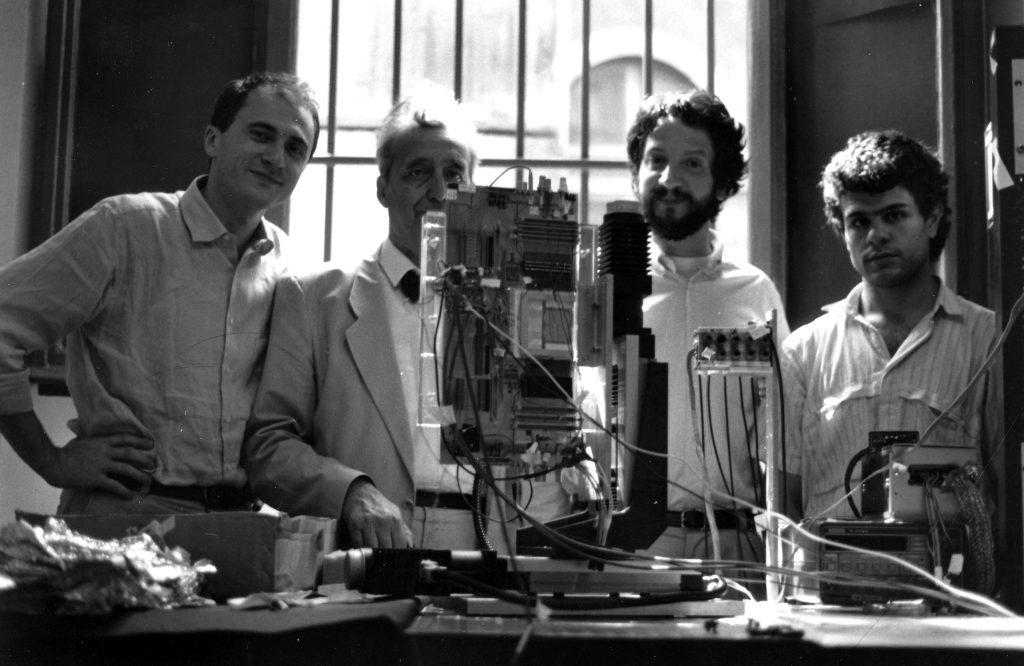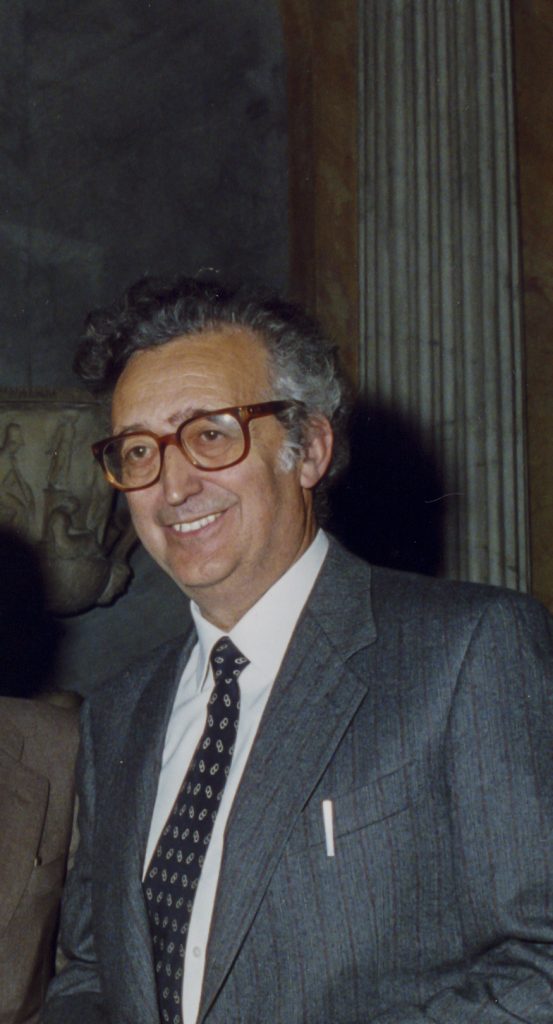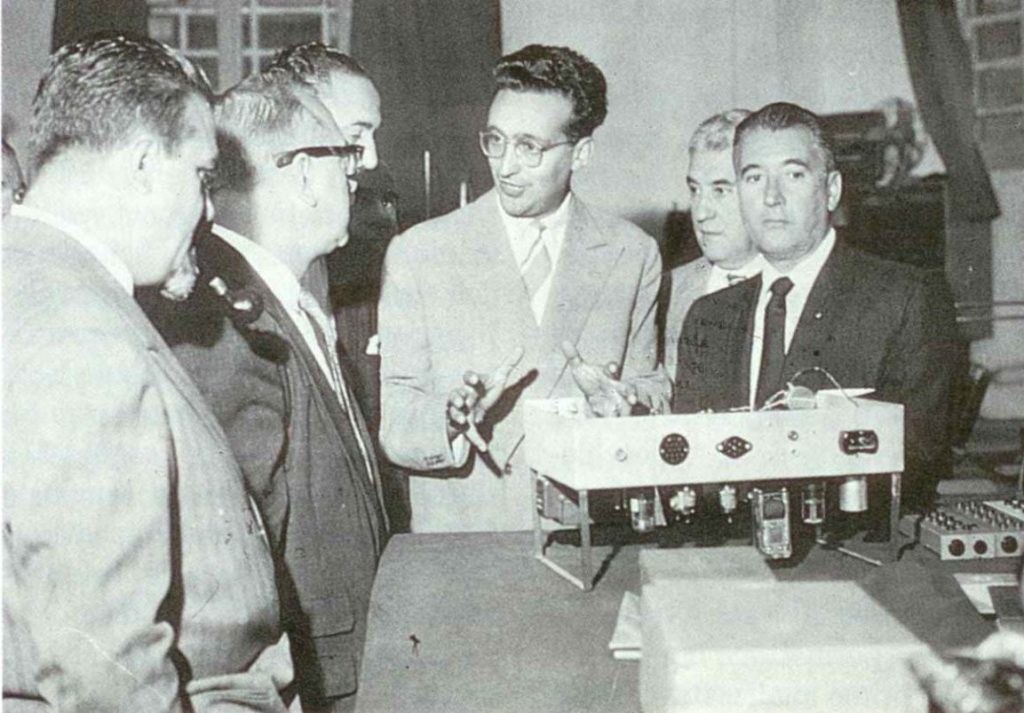
Contatti:
email:
tel:

Contatti:
email:
tel:


Emilio Gatti was born in Turin on 18 March 1922, the son of Aldo, a civil engineer, and Emilia Sacchi, a primary school teacher.
He spent his youth in Lido di Venezia studying at Liceo Classico. His interests, however, soon guided him towards physics and electronics. After completing studies at the Liceo, he wanted to enroll in Physics at the University, but the father advised him to study Engineering.
To arrive at a decision, the father heard the opinion of the physician Bruno Rossi (who years later moved to the United States where he achieved fame for his researches on cosmic rays), who concurred on the fact that engineering offered greater work opportunities.

Emilio Gatti was born in Turin on 18 March 1922, the son of Aldo, a civil engineer, and Emilia Sacchi, a primary school teacher.
He spent his youth in Lido di Venezia studying at Liceo Classico. His interests, however, soon guided him towards physics and electronics. After completing studies at the Liceo, he wanted to enroll in Physics at the University, but the father advised him to study Engineering.
To arrive at a decision, the father heard the opinion of the physician Bruno Rossi (who years later moved to the United States where he achieved fame for his researches on cosmic rays), who concurred on the fact that engineering offered greater work opportunities.
Emilio Gatti’s main field of Researches was that of
measurements and electronic instrumentation for Physics, especially that of radiation and elementary particle detectors and that of electronic instrumentation for energy, time and position spectrometry.
In 1953, he introduced the added step method to obtain high precision single channel discriminators.
In 1955, he suggested replacing the traditional configuration of the voltage amplifier with a new configuration, eventually called charge preamplifier, as first stage in processing the signals of ionization chambers. The charge preamplifier later became of general use and is currently the amplification stage most widely resorted to for semiconductor radiation detectors.


Emilio Gatti’s main field of Researches was that of
measurements and electronic instrumentation for Physics, especially that of radiation and elementary particle detectors and that of electronic instrumentation for energy, time and position spectrometry.
In 1953, he introduced the added step method to obtain high precision single channel discriminators.
In 1955, he suggested replacing the traditional configuration of the voltage amplifier with a new configuration, eventually called charge preamplifier, as first stage in processing the signals of ionization chambers. The charge preamplifier later became of general use and is currently the amplification stage most widely resorted to for semiconductor radiation detectors.
Emilio Gatti published over 250 scientific contributions in international journals
Emilio Gatti won awards from international institutions
Emilio Gatti has been a genuine pioneer in the scientific research associated with electronic instrumentation for experiments in atomic and nuclear physics for over sixty years.
In his professional activity, he has combined creativity and intuition with an exceptional theoretical ability based on a deep knowledge of electromagnetism and the most advanced methods of mathematical analyses, which he used in the solution of complex problems.


Emilio Gatti has been a genuine pioneer in the scientific research associated with electronic instrumentation for experiments in atomic and nuclear physics for over sixty years.
In his professional activity, he has combined creativity and intuition with an exceptional theoretical ability based on a deep knowledge of electromagnetism and the most advanced methods of mathematical analyses, which he used in the solution of complex problems.



email:
tel:

email:
tel:
